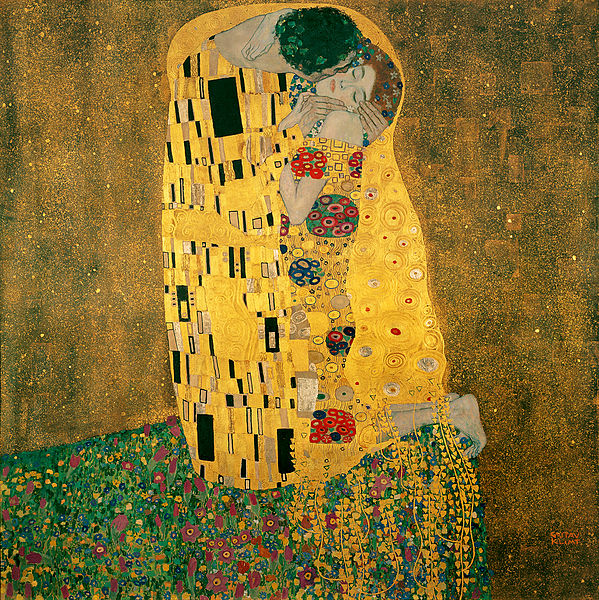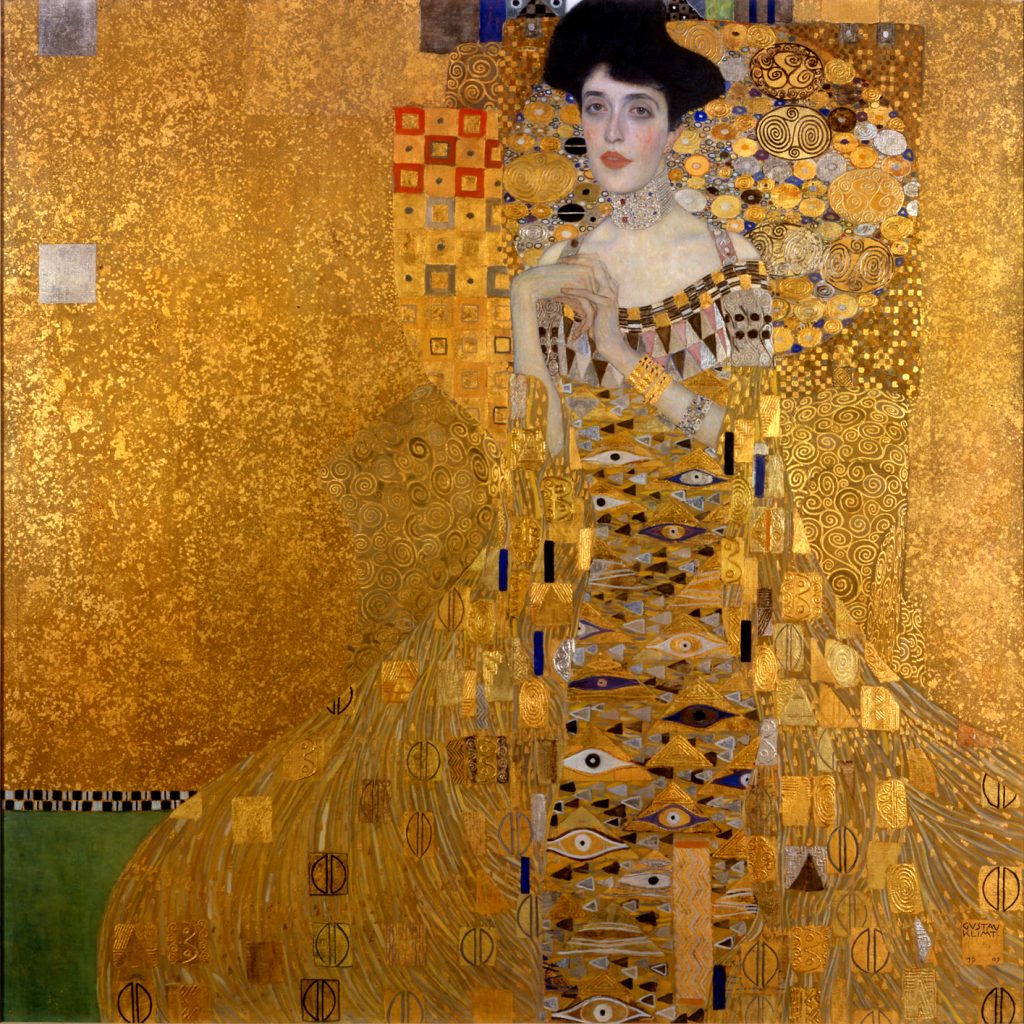Beneath the Gold: The Orgy of Desire, Life, and Decoration in Klimt’s Masterpieces
If there’s one artist who turned gold into a language of the soul, it’s Gustav Klimt. His Golden Phase—a period of glittering, gilded masterpieces—isn’t just about opulence. It’s a riot of human emotion, where desire pulses beneath every leaf of gold leaf, and life unfolds in a tapestry of patterns that blur the line between flesh and fantasy. For art lovers and oil painting enthusiasts, Klimt’s golden works are more than paintings—they’re a masterclass in how color, symbolism, and raw feeling can collide to create something timeless.
Gold as a Mirror: More Than Just Shine
When Klimt layered sheets of gold leaf onto canvases like The Kiss (1907–1908) or Portrait of Adele Bloch-Bauer I (1907), he wasn’t just channeling the grandeur of Byzantine art (though that’s part of it). He was holding up a mirror to his era: Vienna at the turn of the 20th century, a city drunk on luxury, yet simmering with unspoken passions.
The gold in these works is dualistic. It shimmers with the wealth of the Habsburg elite, yes—but scratch beneath that surface, and it’s molten with desire. In The Kiss, the lovers’ bodies are half-submerged in a sea of gold, their embrace both tender and urgent. The gold isn’t just a backdrop; it’s the very air they breathe, a metaphor for how love (and longing) can make the world feel both sacred and sensual.

For artists painting oil reproductions of Klimt’s work, capturing that gold is a challenge. It’s not just about mixing the right hue of yellow or adding metallic pigments. It’s about translating that tension—between the cold, hard sheen of metal and the warm, soft curves of human skin. That’s the magic of Klimt: he makes gold feel alive.
Decoration as Storytelling: When Patterns Speak Louder Than Words
Critics once dismissed Klimt’s work as “too decorative”—a complaint that misses the point entirely. For Klimt, decoration is the story. The swirling vines, geometric motifs, and intricate floral patterns in his golden works aren’t just pretty; they’re a code.
Take The Kiss again. The man’s cloak is a armor of angular, almost aggressive shapes—sharp triangles and bold lines—while the woman’s dress blooms with soft, organic flowers. It’s a visual dialogue: strength and softness, passion and vulnerability, all tangled together. This is why Klimt’s paintings are so beloved by those who appreciate oil painting as a form of storytelling—every stroke, every pattern, has something to say.
Life Unfiltered: Klimt’s Celebration of the Human Experience
Beneath the gold and the glamour, Klimt’s art is ultimately about life—raw, unapologetic, and full of contradictions. His figures aren’t idealized saints or heroes; they’re people (and often women) with flaws, desires, and a hunger for connection.
In Portrait of Adele Bloch-Bauer I, Adele’s gaze is direct, almost challenging. She’s not a passive muse—she’s a force, her gown a explosion of gold and patterns that seem to emanate from her very being. Klimt isn’t just painting a portrait; he’s capturing a personality, a presence, a life.

Portrait of Adele Bloch-Bauer I
This celebration of humanity is why Klimt’s work resonates even today. When you hang a hand-painted oil reproduction of a Klimt masterpiece in your home, you’re not just decorating a wall—you’re inviting that energy in: the joy, the longing, the messy, beautiful chaos of being alive.
Why Klimt’s Gold Still Matters for Oil Painting Lovers
For anyone who appreciates the craft of oil painting, Klimt’s golden works are a revelation. They remind us that art doesn’t have to choose between beauty and meaning. You can have both—the lushness of gold, the depth of emotion, the complexity of life—all in one canvas.
Whether you’re drawn to the romance of The Kiss, the mystery of Adele’s portrait, or the wild energy of his lesser-known golden sketches, there’s a Klimt for every taste. And in a world that often values speed over substance, his work is a reminder to slow down, to look closer, and to find the extraordinary in the details—even (especially) beneath a layer of gold.
So, the next time you admire a Klimt reproduction, take a moment to see beyond the shine. What you’ll find is a celebration of desire, a hymn to life, and a master artist who knew that the most powerful stories are often the ones hidden in plain sight—gilded, glorious, and unafraid to be seen.